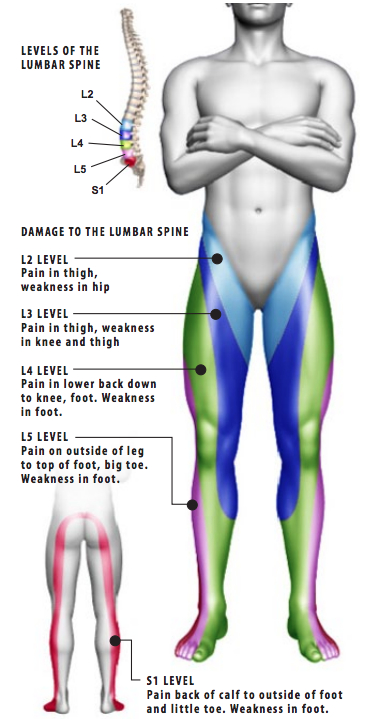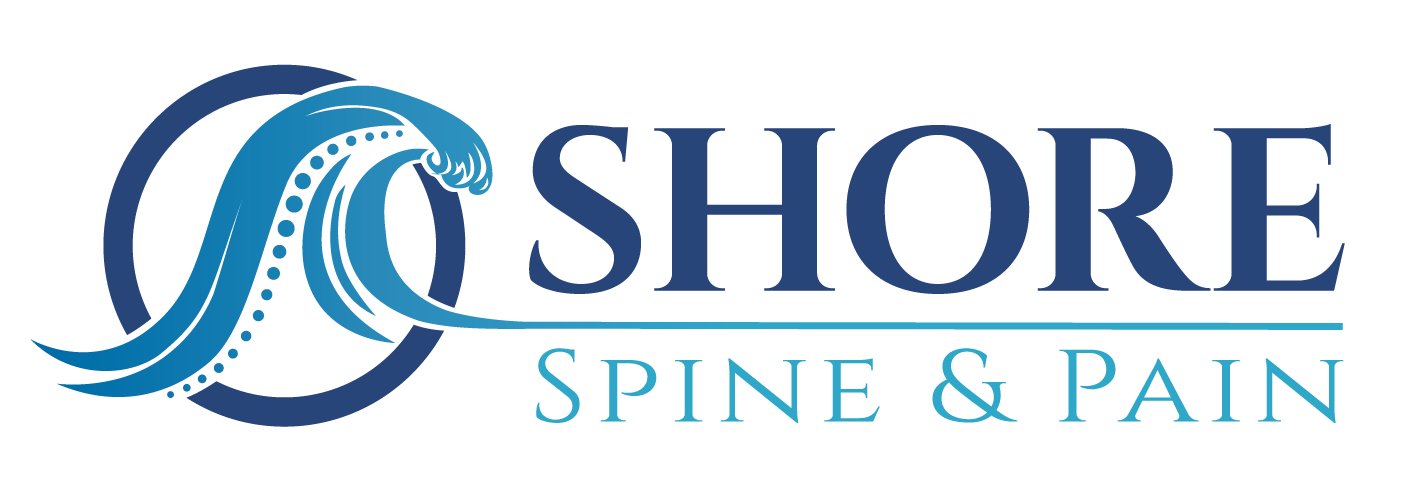Overview
This condition is an irritation or compression of one or more nerve roots in the lumbar spine. Because these nerves travel to the hips, buttocks, legs and feet, an injury in the lumbar spine can cause symptoms in these areas. Sciatica may result from a variety of problems with the bones and tissues of the lumbar spinal column.
Causes
Herniated Disc
One common cause is a herniated disc. A herniated disc is a rupture in the fibrous outer wall of a vertebral disc, which allows the soft nucleus of the disc to bulge outward. This bulge can press harmfully against a nerve root.
Spinal Stenosis
When bones, discs or joints of the spine degenerate, bony spurs may form and push into the spinal canal or foramen space. This is called spinal stenosis, and it can also create harmful pressure against the nerve roots.
Symptoms
Nerve root injury may occur at any of the five vertebrae in the lumbar spine (called the L1 through L5), or at the level of the sacrum (the upper portion of which is called the S1). Symptoms may include pain, weakness, numbness and tingling, and may vary depending on the level of the injury. For example, an injury at the L2 level can create thigh pain and hip weakness. An injury at the L3 level may result in thigh pain and knee and thigh weakness. Damage at the L4 level may cause pain from the lower back to the foot and also foot weakness. Damage at the L5 level can create pain from the outer leg to the top of the foot and also foot weakness. And finally, damage at the S1 level can create pain from the calf to the outer foot and also foot weakness.
Video Overview

Diagnosis Procedures
In order for our doctors to best diagnose your condition and the best possible treatment, preliminary procedures may be called for, including:
Possible Treatments
In our experience, the best solutions for this condition may include:
